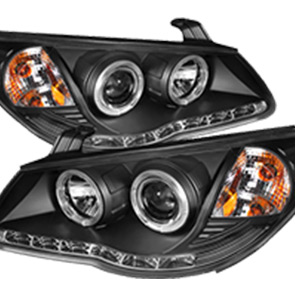Throttle Control Rod Linkage System for Enhanced Engine Performance and Efficiency
Understanding Throttle Rod Linkage Principles and Applications
Throttle rod linkage is a crucial component in many automotive and machinery systems, particularly within the context of internal combustion engines. This article aims to explore the function, design, and significance of throttle rod linkage, shedding light on why it is an integral part of vehicle performance and efficiency.
What is Throttle Rod Linkage?
At its core, throttle rod linkage is a mechanical system that connects the throttle pedal to the throttle body or carburetor, thereby controlling the amount of air-fuel mixture entering the engine. This connection allows the driver to modulate engine power by varying the throttle position. The linkage translates the physical motion of the throttle pedal into a corresponding movement that adjusts the engine's throttle plate.
How Does It Work?
When the driver presses the throttle pedal, a series of levers and rods in the throttle rod linkage moves in tandem. This movement is transferred to the throttle body via a connecting rod that pivots or slides to open or close the throttle plate. The primary objective of this mechanism is to control engine speed and power output efficiently.
The throttle rod linkage typically consists of several components, including
1. Throttle Pedal The interface that the driver interacts with. 2. Connecting Rods These rods transmit motion from the throttle pedal to the throttle body. 3. Levers Used to amplify or alter the motion needed to effectively open or close the throttle plate. 4. Adjustment Mechanisms These allow for fine-tuning of the throttle response and ensure the linkage operates smoothly.
Types of Throttle Linkages
Throttle rod linkages can vary in design, from simple mechanical systems to more complex electronic throttle controls.
1. Mechanical Linkage Traditional vehicles often utilize a mechanical throttle linkage system that relies on cables and rods. This type of system is straightforward and provides a direct connection between the pedal and throttle body. A clear advantage of mechanical systems is the immediate feedback they offer to the driver, which can enhance driving experience.
throttle rod linkage

2. Electronic Throttle Control (ETC) In modern vehicles, many manufacturers have transitioned to electronic throttle control systems, often referred to as drive-by-wire. These systems eliminate the physical connection between the pedal and throttle body, replacing it with sensors and actuators. The throttle pedal position is communicated electronically to the engine control unit (ECU), which then controls the throttle plate position. This allows for advanced features like improved fuel efficiency, reduced emissions, and better integration with other vehicle systems.
Importance in Vehicle Performance
Throttle rod linkage plays a vital role in the overall performance of a vehicle. Here are a few reasons why it is significant
1. Response Time A well-designed throttle linkage ensures rapid and precise throttle response. This is crucial for performance driving and safety, as it allows for immediate acceleration or deceleration when needed.
2. Fuel Efficiency The accurate control of the air-fuel mixture through effective throttle operation contributes to optimal combustion, thus improving fuel efficiency.
3. Emissions Control Modern throttle linkages, especially in electronic systems, are instrumental in meeting stringent emissions standards. By allowing for more precise control of engine parameters, they help reduce harmful exhaust emissions.
Maintenance and Challenges
Despite their importance, throttle rod linkages can be susceptible to wear and tear. Common issues include slack in the linkage, binding due to dirt or corrosion, and misalignment. Regular inspection and maintenance are critical to ensure that the linkage operates smoothly, which can prevent performance issues and enhance safety.
Conclusion
Throttle rod linkage, whether mechanical or electronic, is a fundamental aspect of engine management in vehicles. It not only influences performance and efficiency but also empowers drivers with the control necessary for an enjoyable driving experience. As automotive technology continues to evolve, so too will the designs and functionalities of throttle linkages, adapting to meet the changing demands of drivers and environmental regulations alike. Understanding this component is essential for both automotive enthusiasts and general vehicle owners, underscoring its role in the intricate dance of machine engineering and performance.
-
Workings of Clutch Pipe and Hose SystemsNewsJun.04,2025
-
The Inner Workings of Hand Brake Cable SystemsNewsJun.04,2025
-
The Secrets of Throttle and Accelerator CablesNewsJun.04,2025
-
The Hidden Lifeline of Your Transmission Gear Shift CablesNewsJun.04,2025
-
Demystifying Gear Cables and Shift LinkagesNewsJun.04,2025
-
Decoding Clutch Line Systems A Comprehensive GuideNewsJun.04,2025
